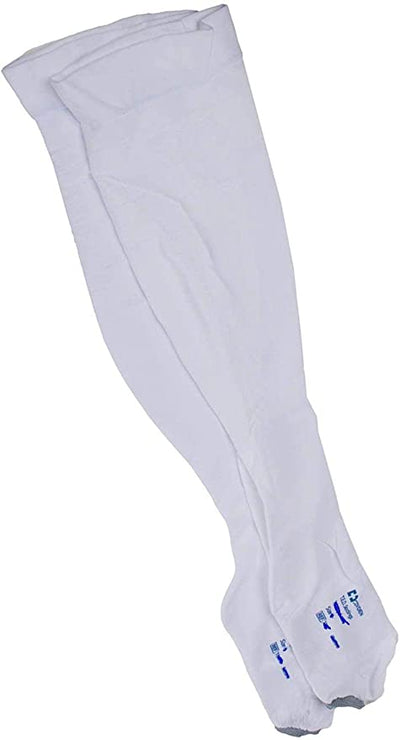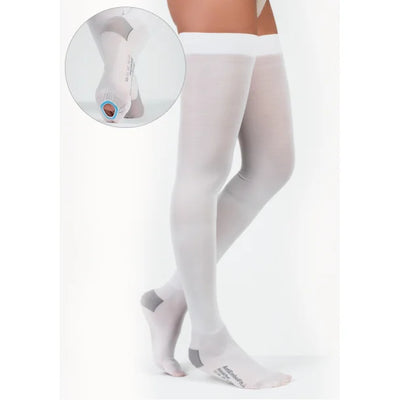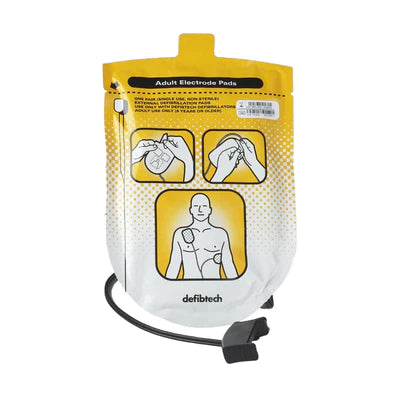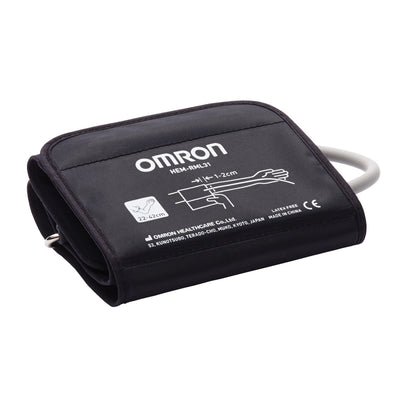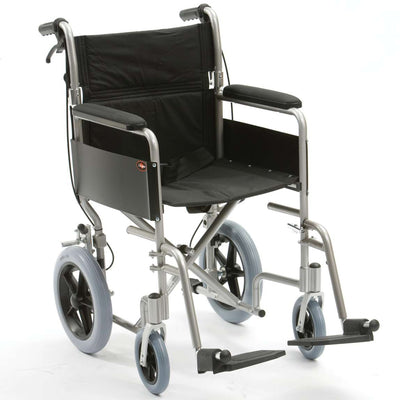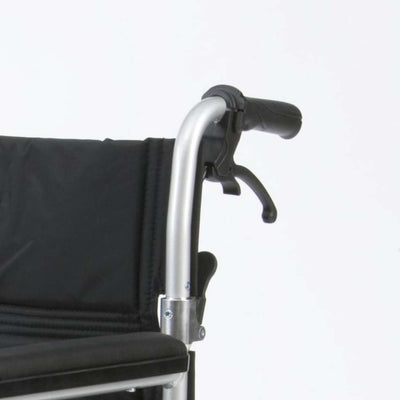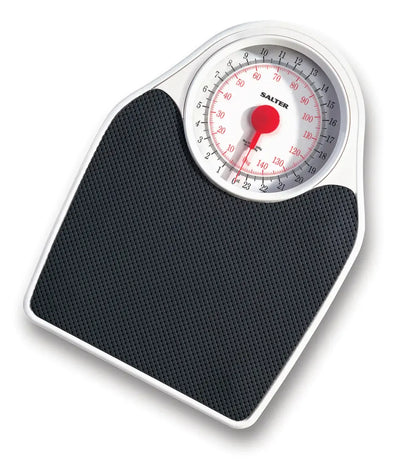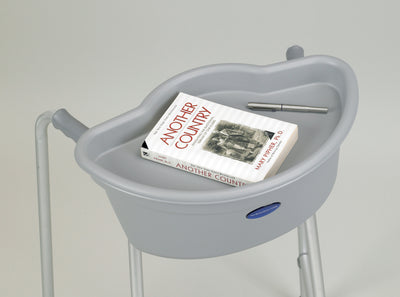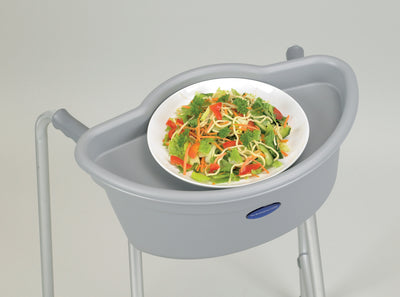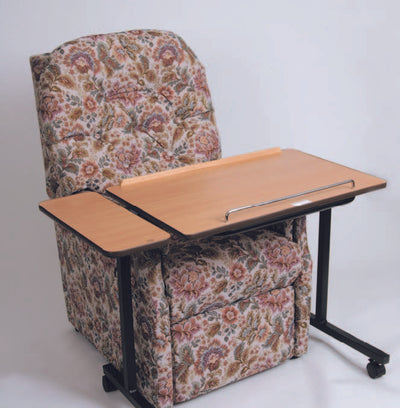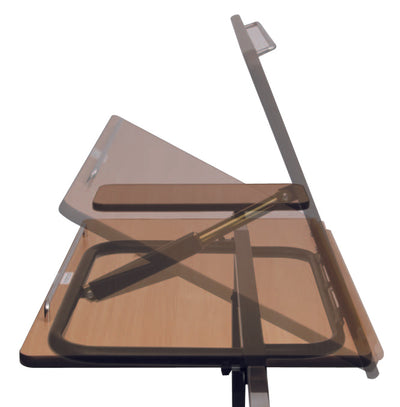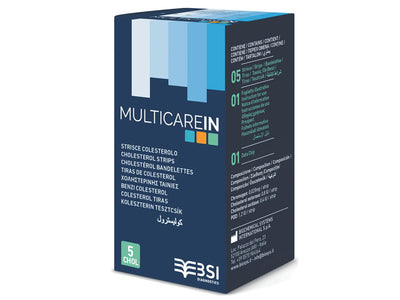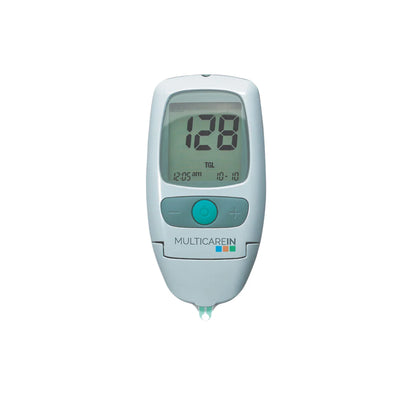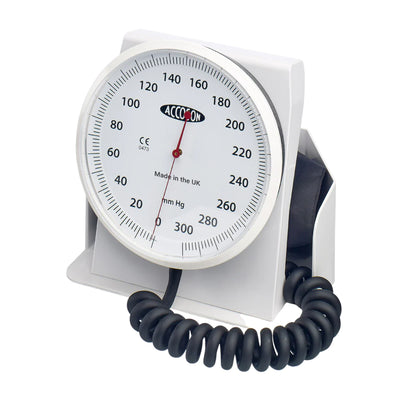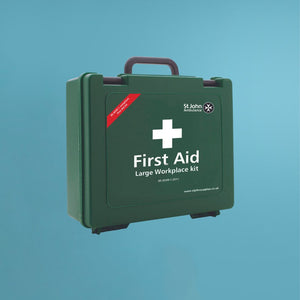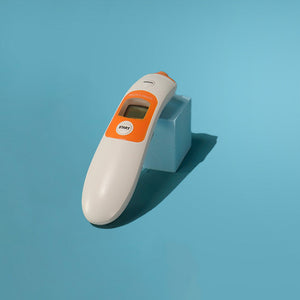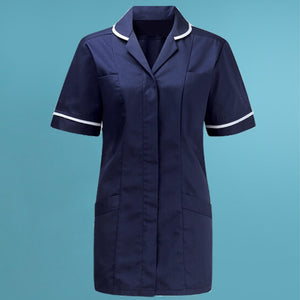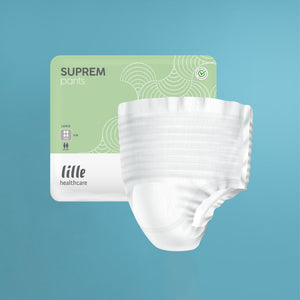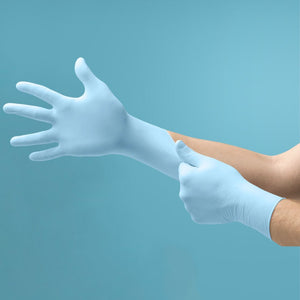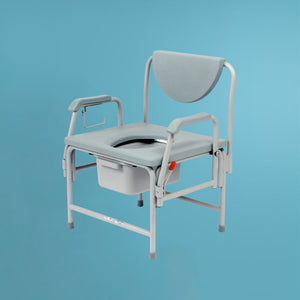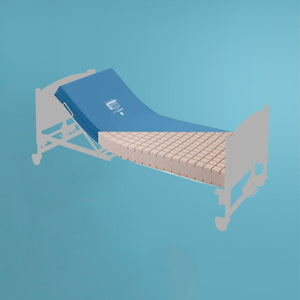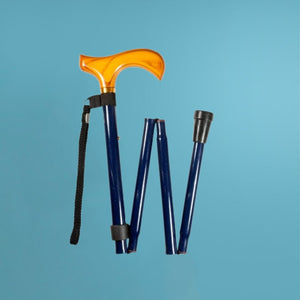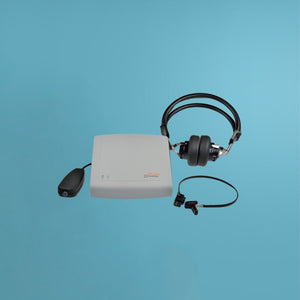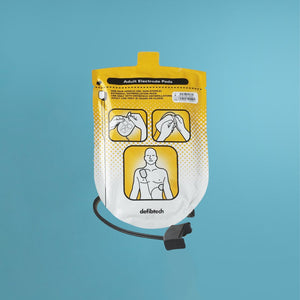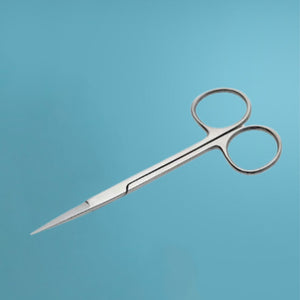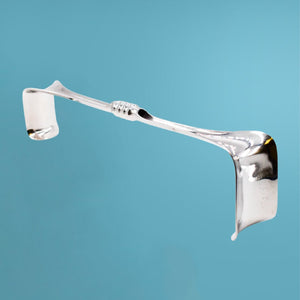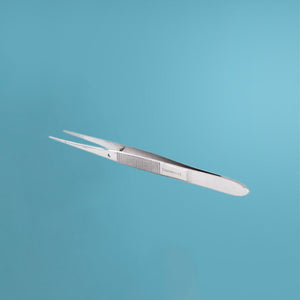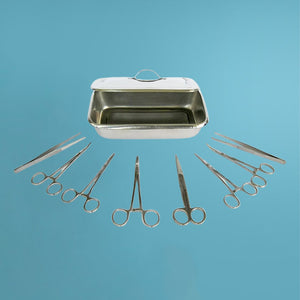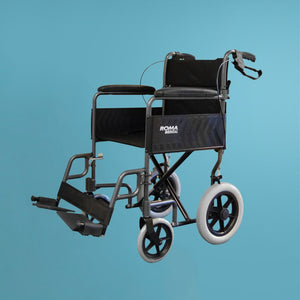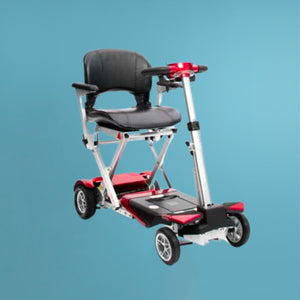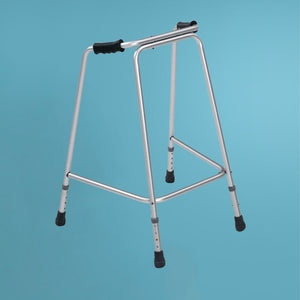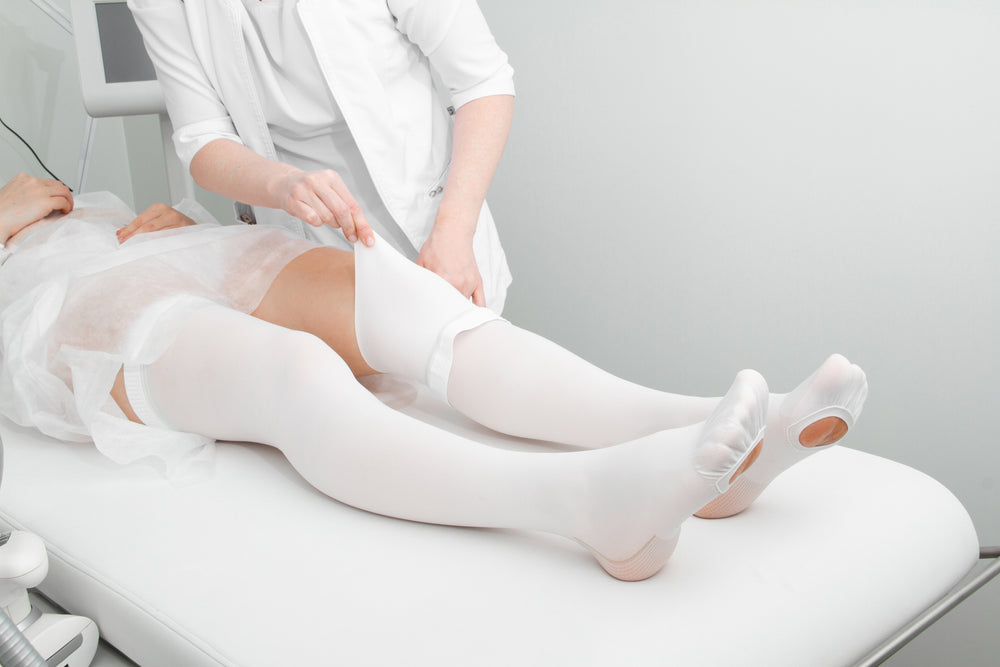What are Anti-Embolism Stockings?
- What are they?
Anti-embolism stockings are made from elastics and come in a thigh- or knee-length design. They are also often interchanged with the term compression stockings. They are worn by a person who has had a recent surgery, or someone who is at risk of developing blood clots. The stockings are used to prevent blood clots from traveling through the body.
- Why do people use them?
They help prevent blood clots by providing mild compression to the legs. Compression stockings are often worn after surgery or medical procedures that have a higher risk of developing blood clots. They are also sometimes worn by people who have recently traveled long distances by car, plane, or train.
- How do they work?
According to scientific research in 2014, Anti-embolism stockings helped improve circulation and prevent blood from accumulating in your legs, preventing dangerous blood clots. Compression stockings work by applying pressure to your legs. This pressure forces blood to flow through the veins and towards your heart. Compression stockings can also help prevent swelling and improve symptoms of venous insufficiency.
When should you wear anti-embolism stockings?
Wear anti-embolism stockings as directed by your doctor if you have any condition that causes poor blood flow in your legs, such as swollen and enlarged veins or swelling of your body's tissue. You may need to wear them if you have had surgery on your legs or lower body, including hip replacement. You may also need them after a long flight or car ride if you are at risk of developing blood clots in your legs.
Anti-embolism stockings are not intended for use as a treatment for varicose veins or other conditions affecting blood flow. You should consult your doctor before using these stockings if you have any questions about whether they are appropriate for your individual needs.
If you have the abovementioned problems, anti-embolism stockings should be worn during the day and removed before retiring to bed. First thing in the morning, put them back on.
If you're wearing stockings on both legs, you should receive at least 2 pairs of stockings. This implies that you can wear one pair while washing and drying the other.
Things you need to know before wearing the stockings:
1. Before putting on stockings, ensure you accurately measure your legs using a fitting guide. A nurse with the right level of expertise should perform this. You should get your legs e-measured and your requirement for stockings reevaluated if your legs' size changes or the stockings become unpleasant.
2. During your time in the hospital, you should wear the stockings at all times, day or night. Wear them at home until you can move around normally again, or much better. Your nurse will provide you with additional instructions in this regard before your release.
3. Each day, stockings should be taken off for no more than 30 minutes. Clean your legs and check for cuts, scrapes, and any discoloration or pain in the skin.
4. You should remove your stockings every two or three days, wash them, and replace them with a clean pair.
5. Keep your stockings up at all times; otherwise, the band around your calves will become too tight, limiting blood flow and putting your health at risk.
6. Please stay away from fatty ointments, oils, and lanolins, as they can weaken the elasticity in your stockings.
7. Please wear slippers or shoes when wearing the stockings because they are challenging to put on and might be slippery on hard flooring. Because of this, the elderly and the disabled may require assistance from a caretaker or family member.
How to wear:
1. Insert your hand down to the heel of the stocking.
2. Turn the stocking heel outward while keeping your hand on the inside. Wrap the sock around your foot. Check that the heel is precisely in the stocking's center of the heel pocket. If the heel fits, the inspection hole will be under the foot. It's okay for the stocking to go over the foot on occasion. (The heel square should be in place; if the stocking is too long in the toe area, tuck it into your slipper.)
3. Pull the stocking up to your ankle and tighten it around your calf.
4. Pull the remaining stocking to its maximum length to ensure no creases.
5. Check that the thigh gusset of your full-strength stockings is centered in your inner thigh and that you knees may flex easily.
Tips to make it easier to wear
They are snug, yes. They are what they are supposed to be, that is why they are medically helpful. But this is also the reason why putting on compression socks, particularly around the heel and ankle, can be challenging.
You can form better habits by following this wearing advice.
- Use powder
When your skin is either too wet or too dry, a light dusting of talcum powder or cornstarch will assist compression socks to slide-on. If you first applied lotion to your legs, make sure the skin is completely dry before continuing. Because the lotion will make your skin sticky and will make it even harder to wear compression socks
- Start from your toes and work it going up
Compression stockings shouldn't be rolled up like regular socks before wearing. Instead, try partially or completely turning them inside out. It could be necessary to hold an open-toed stocking in place at the bottom while pulling it all the way up. Make sure the heel is in the proper position and that it is straight.
- Practice how to properly wear them and you’ll master them
It truly does make a difference to take the time to learn how to put on your compression socks. Consider it a wise investment in your own well-being. You are capable of completing this.
However, if you still struggle to put on your compression stockings or have tingling or numbness, consult your physician or physical therapist to ensure that they are the proper fit.
Who should not use Anti-embolism stockings?
Patients with:
- Fragile
- Skin tissue paper
- Gangrene
- Recent skin graft
- Allergy to the manufacturing material
- Cardiac failure
- Severe leg edema
- Pulmonary edema from congestive heart failure
- People with an unusually large or unusually shaped leg
- Significant limb deformity that prevents cortical alignment should not wear anti-embolism stockings.
One 2014 study found that wearing socks incorrectly can put too much pressure in certain place. Skin bruising might results from this, especially in older people.
Socks can occasionally become rolled, crumpled, or bunched when they are put on improperly. Accordingly to research, this inhibits blood flow and functions like tourniquet, which turns the pressure around. The outcome is that the socks are no longer functional, which can lead to blood accumulating in the lower legs and ankles.
How to care for anti-embolism stockings?
1. Although hand washing is suggested, machine washing on the gentle cycle with the garment turned inside out is generally acceptable.
2. To clean, use lukewarm water and mild detergent.
3. Do not use bleach or fabric softeners.
4. Thoroughly rinse and air dry. (Please do not tumble dry.)
Anyone is at risk of getting a blood clot, but the risk is significantly increased when appropriate treatment is delayed or neglected. Through the application of graduated compression to the leg veins, anti-embolism stockings can contribute to an improvement in blood circulation in the leg veins.
Anyone is at risk of getting a blood clot, but the risk is significantly increased when appropriate treatment is delayed or neglected. Through the application of graduated compression to the leg veins, anti-embolism stockings can contribute to an improvement in blood circulation in the leg veins.
FAQs
1. What will I do if something unusual occurs while I wear the anti-embolism stocking?
After you have been discharged, please remove the stockings and get in touch with your primary care physician's office if you have any concerns.
2. Can I let someone else borrow my anti-embolism stockings?
Do not lend your stockings to a friend or member of your family because everyone's leg circumferences are different. Putting on a stocking that is the incorrect size can be painful and make any condition feel far worse.
To experience anti-embolism stocking for you leg? Visit Mediworld to shop for the best anti-embolism stockings you can own!
